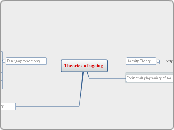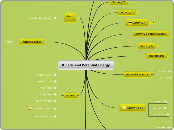Childhood Obesity
Hinders Weight Loss Treatment
Governmental zoning
Food marketing practices
Food and beverage industry
Effective Weight Loss Treatment
Tertiary Prevention
Intensive and Comprehensice Medical Treatments
Secondary Prevention
Structured Interventions and Strategies
Reduce Glycemic Load
Low Carb Diets
Primary Care Provider
Increase physical activity and improve eating behaviors
Primary Prevention
Other Health Related Behaviors
The time children spend at school being physically active have improved the time children spend being active
In a 4yr study that decreased the amount of SSB, Energy dense snacks, and increase fruit and vegetables, there was a significant lower prevalence of overweight and obesity.
Obesity Treatment
Position Statement
Environmental Support from all sectors
Registered Dietitions
Treatment requires a systems level approach
Diet
Mediterranean Diet
Weight loss has been reported in short and long term
Reduction of inflammatory markers & CVD risks
Recommended by the American Diabetes Association
Strong metabolic benefits
Intermediate Fasting (IF)
Although research shows growing metabolic evidence, IF is NOT recommended for children.
Physical Activity
Children 6-17 should get 60 minutes of physical activity each day
helps with weight management
Helps reduce blood pressure
Professional Goal
Discuss in detail with WIC participants the importance of physically activity and how it plays a role in overweight and obesity prevention









